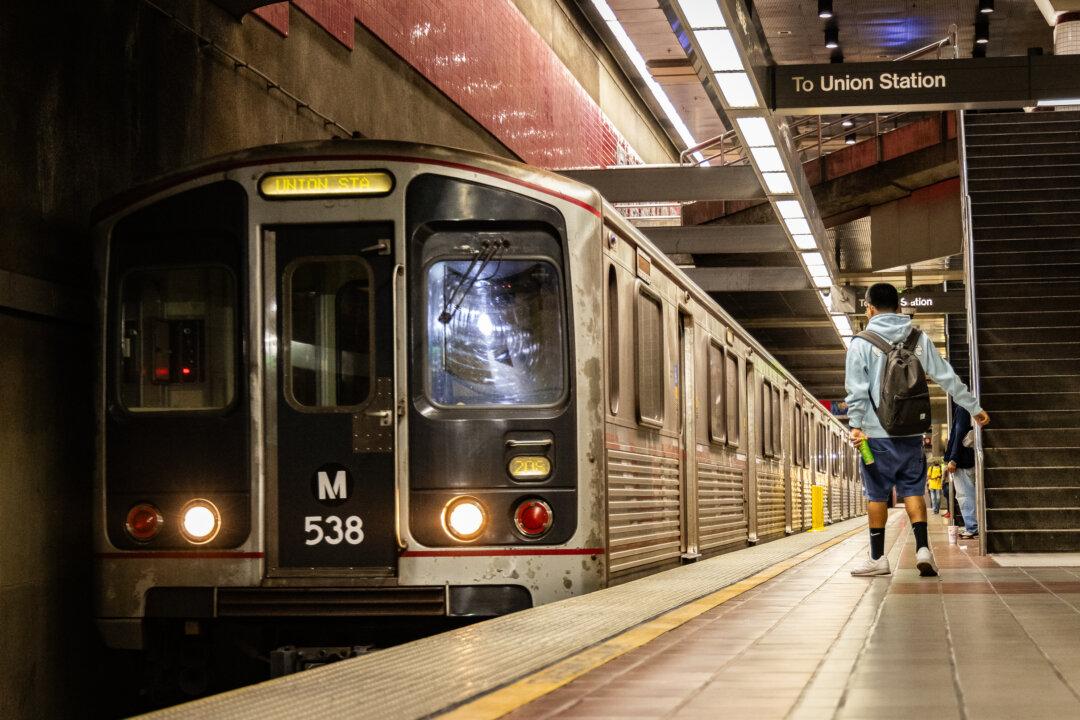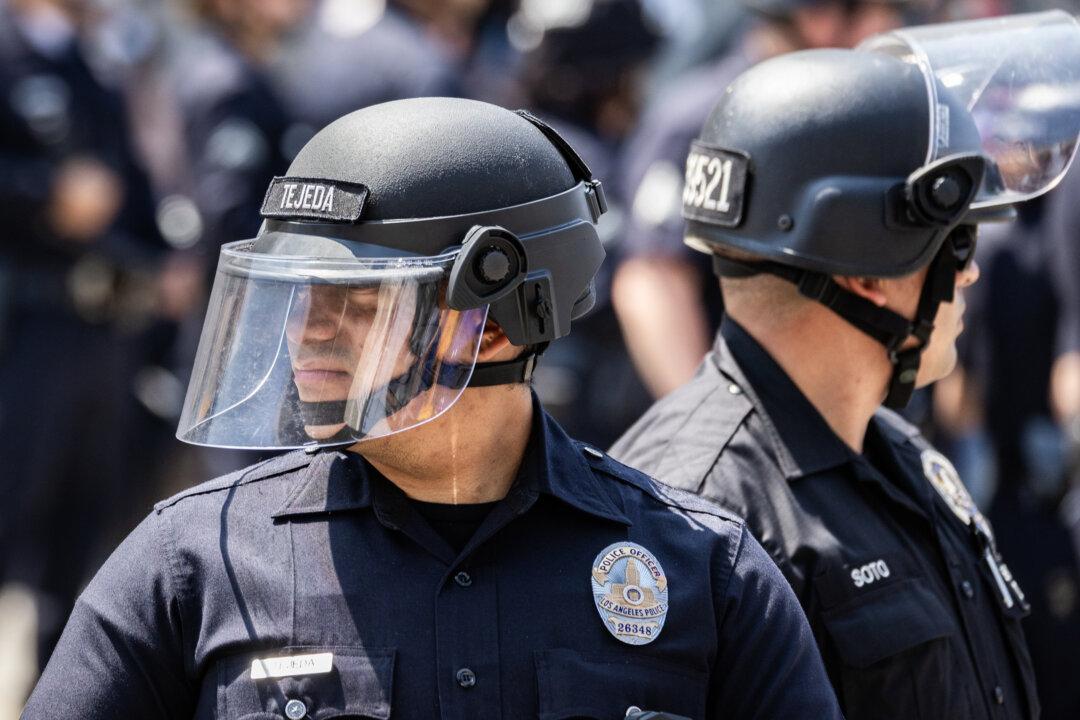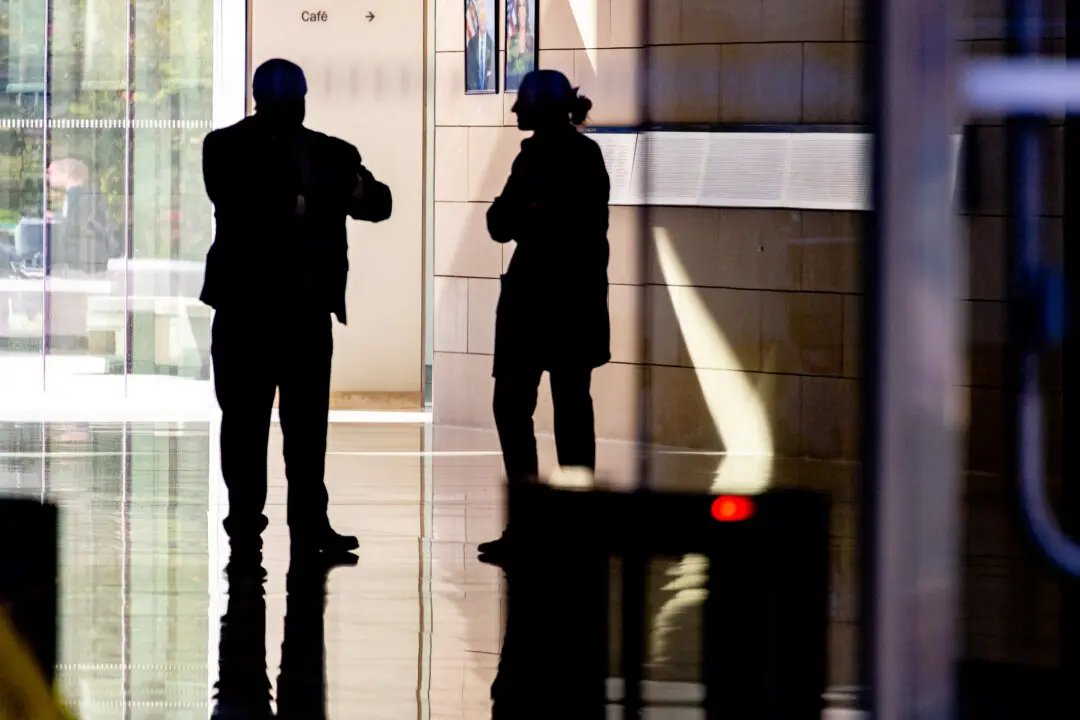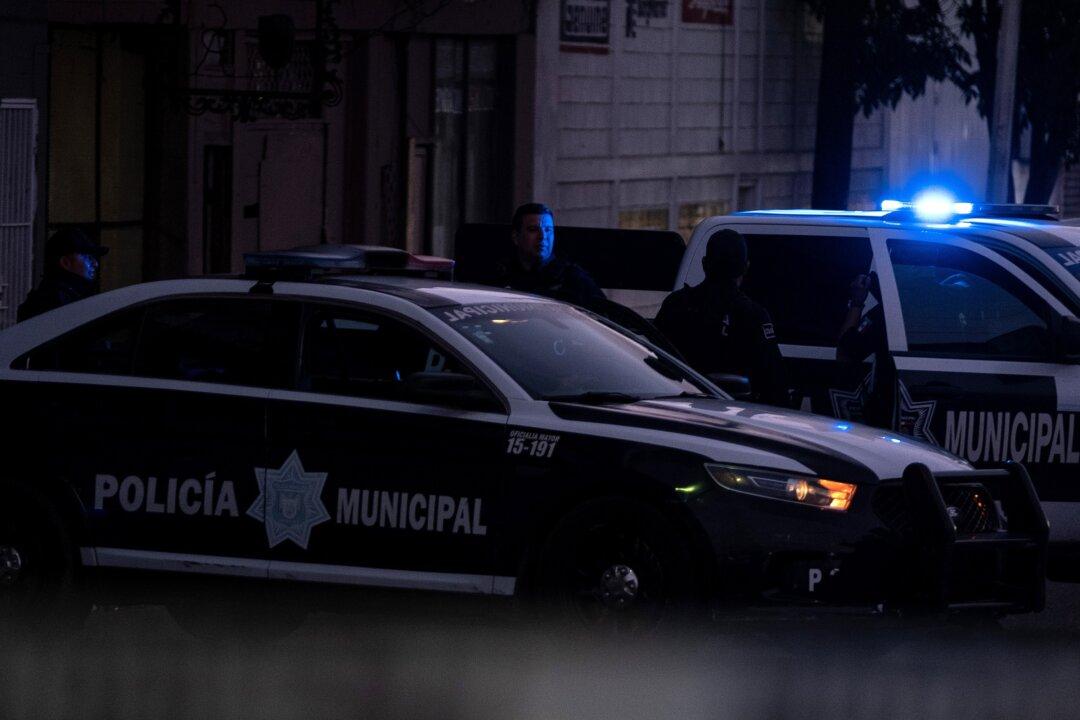LOS ANGELES—A proposal for the Los Angeles Metro to create its own police department was approved June 27 by a 10–0 vote of its Board of Directors, following public safety concerns and months of highly publicized violent crimes on its system.
The Transit Community Public Safety Department will be rolled out over the course of five years. Metro’s current contracts with its three law enforcement agencies—Los Angeles County Sheriff’s Department, Los Angeles Police Department, and Long Beach Police Department—will remain in place until then, according to Robert Gummer, the agency’s interim deputy chief of system security and law enforcement.





